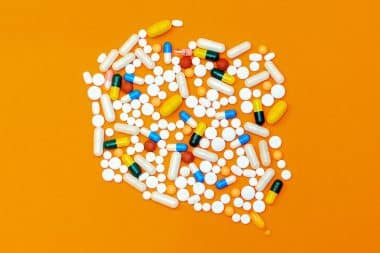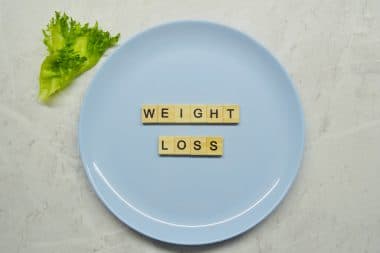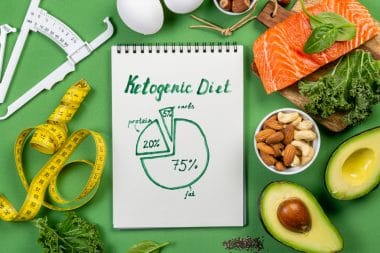If you have bad eating habits then it contributes significantly to unhealthily high blood pressure levels, even in middle age, when blood pressure levels typically rise as part of the aging process. Whether or not you are taking antihypertensive drugs, the need to make dietary improvements (e.g. follow a healthy low-fat diet) is frequently at the top of a doctor’s list of recommendations to reduce or prevent the onset of high blood pressure.
| Normal Blood Pressure Levels of a Healthy Adult at Rest | below 120/80 |
| Prehypertensive | 140/90 |
| Hypertensive | over 140/90 |
Both prehypertensive and hypertensive subjects should make diet, exercise and lifestyle changes to reduce or prevent the onset of hypertension and reduce the risk of heart disease.
Choose a Healthy Balanced Diet
If you want to reduce your blood pressure, your diet should be rich in fruits, vegetables, and low-fat dairy foods, while low in saturated and trans-fats. It should also be low in cholesterol, high in fiber, calcium, potassium and magnesium, and moderately high in protein. The American Heart Association and U.S. government recommend the Dietary Approaches to Stop Hypertension (DASH) diet as a good diet guide to reduce blood pressure.
First thing is to Reduce Your Intake of Sodium (Salt)
Eating too much salt or sodium-rich foods leads to a greater uptake of fluid and causes greater retention of water inside body, leads to volume overload and High blood pressure. It also places extra strain on the arterioles (blood vessels that dilate/constrict to regulate blood pressure and blood flow). Both these effects lead to higher blood pressure. The Recommended daily dose for sodium for most people is 2,400 mg.
How can you decrease sodium intake? Eat less pre-cooked or processed food, and eat more fresh food. Sodium is found naturally in fresh foods like grains, fruits, vegetables, meats, nuts, and dairy products, but in much lower quantities than in processed foods (e.g. packet, bottled or canned food).
High Sodium Foods: These foods typically have high sodium content. In order not to exceed the RDA, either avoid them altogether, or choose low-sodium varieties.
Sauces: baking soda, barbecue sauce, catsup, garlic salt, mustard, onion salt, Soy sauce, steak sauce, salad dressing, baking powder, mustard, onion salt, seasoned salts like lemon pepper, bouillon cubes, meat tenderizer, and monosodium glutamate.
Salted Snacks: peanuts, pretzels, pork rinds, tortilla chips, corn chips
Soup: instant soups, Regular canned soups.
Pickled Food: Olives, or sauerkraut, Herring, pickles, relish,
Meats: smoked or cured meats (containing sodium-nitrite) such as bacon, bologna, hot dogs, ham, corned beef, luncheon meats, and sausage, Hog maws, ribs, and chitterlings,.
Dairy: Most cheese spreads and cheeses.
Drinks: club soda, saccharin-flavored soda,
Cereals: Instant hot cereals, Regular ready to eat cold cereals,
Ready-to-Eat: boxed mixes like rice, scalloped potatoes, macaroni and cheese and some frozen dinners, pot pies and pizza. Quick cook rice, instant noodles,
Fats: Butter, fatback, and salt pork.
Choose those foods which labeled as low-sodium, very low sodium, or salt-free. Check food labels for words that indicate high sodium content, including: sodium nitrite, sodium propionate, disodium phosphate, and sodium sulfate. monosodium glutamate (MSG), sodium benzoate, sodium hydroxide,
Quick Tips to Lower Sodium Eating Habits
Do not add extra salt when cooking or preparing meals. Cook with more herbs and spices.
Do not have salt on the table while eating and do not add salt on salad.
If you cook with salt, switch to chili, ginger and lemon juice for flavoring.
If you eat cured/smoked meats, switch to fresh cold meats.
If you eat ready-to-serve breakfast cereal, choose low-sodium types of cereal.
Rinse before eating, if you eat tuna, salmon, sardines, or mackerel canned in water.
If you eat soup, switch to low-sodium or fresh soups.
If you cook with whole milk or fat diet, switch to 1 percent or skimmed buttermilk.






Reply